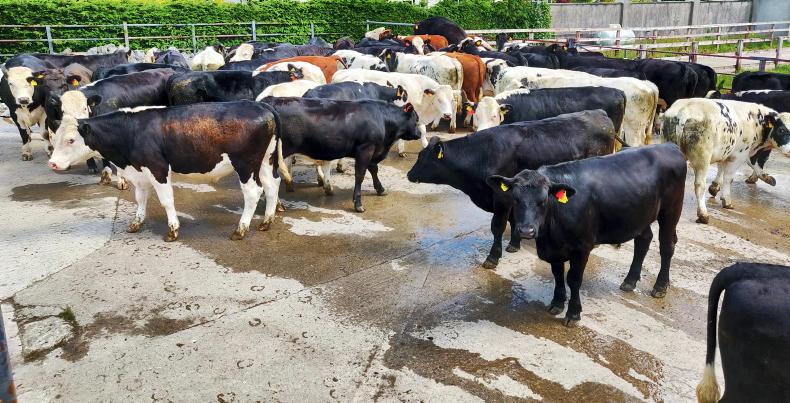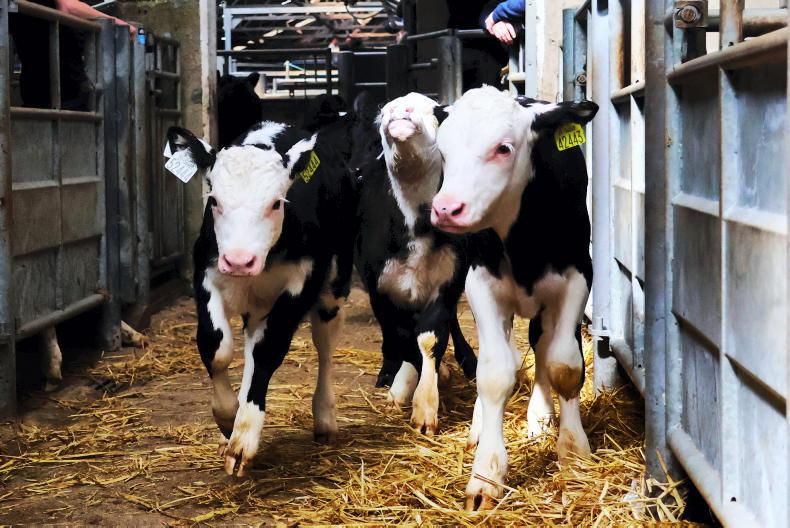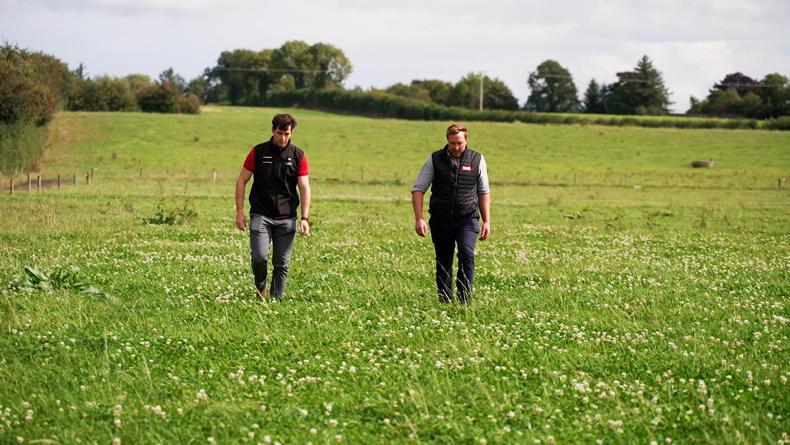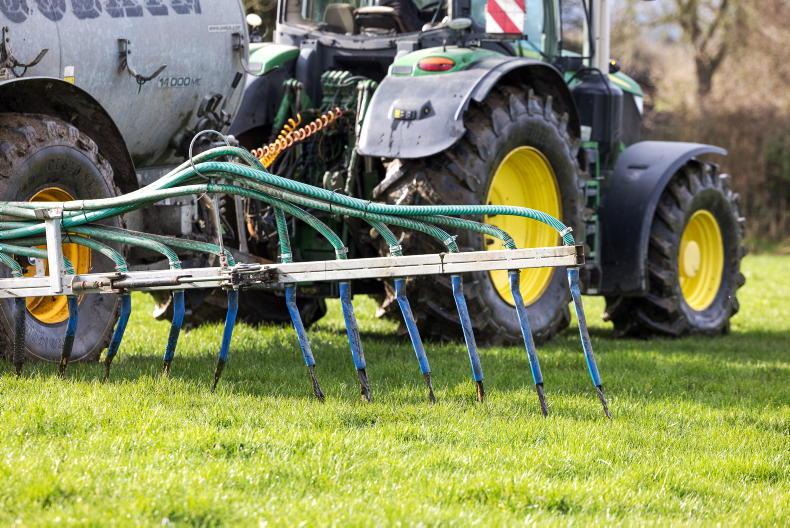As part of the Thrive dairy calf to beef programme, the Irish Farmers Journal has teamed up with Tipperary farmer John Hally, who began contract rearing calves for the programme in 2018. There were 102 calves purchased onto the farm that year. All calves are AI-sired and are a mixture of Angus, Hereford, Limousin and Belgain Blue.
Early maturing heifer production systems, such as heifers under 19 months old being slaughtered off grass before their second housing, have the potential to deliver a high output and margin, and this is one of the systems being operated on the farm. Research has shown that grass can account for over 70% of the diet in such a system.
This is highly dependent on keeping high-quality grass in front of heifers to drive on performance, and that has been the real focus on this farm.
If we look at the yearling heifers on the demonstration farm between 1 June 2018 and 7 June 2019, these animals grew at a rate of 0.82kg liveweight/day. As calves, these heifers were fed 1kg of concentrates throughout the grazing and housing seasons. Since early February 2019, concentrates were cut out from the diet with grass making up 100% of the diet.
Growth over the housing period, between 2 November 2018 and 4 March 2019, was an average of 0.77kg LWG/day. Heifers were an average of 239kg at housing, which had increased to 332kg at turnout. From 4 March until 7 June they grew at an average of 0.92kg LWG/day, with the group’s average weight at 420kg on this day. Taking into account a similar growth rate over the past five weeks, the average weight of these cattle is expected to have increased to approximately 450kg.
The target now will be to keep heifers growing at this rate until slaughter, as grass quality declines over the coming months. Meal may be introduced as we enter into September, with the intention of getting heifers slaughtered prior to housing. Carcase weights of over 260kg are predicted across the group of heifers.
Steer performance
Steers are also performing well on the farm, with an average weight on 7 June of 464kg. This group has done an average performance of 1.07kg LWG/day since 4 March, and would be expected to have an average weight of over 500kg currently.
Between 1 June 2018 and 7 June 2019, the average performance was 1.01kg LWG/day. The aim is to finish steers out of the shed at a maximum of 24 months of age, at a carcase weight of 320kg to 350kg. The full financial performance of these stock will be detailed once they are slaughtered.
While overall performance of the group is being measured, the different performance across breeds and within breeds is also looked at. If we examine the performance across the breeds between 1 June 2018 and 7 June 2019, we see that Angus steers grew at an average of 0.9kg LWG/day, while Hereford steers have done 1.09kg LWG/day. Belgian Blue steers have grown at a rate of 1kg LWG/day, while Limousin steers have grown at an average of 0.92kg LWG/day over this period.
For farmers who have not yet taken it, now is a good time to do mid-season weighing, to see how stock are performing at grass. It may also give you an indication as to when you can expect early maturing heifers to be finished.
A further breakdown of performance by sire and by sex will be featured in the Irish Farmers Journal in the coming weeks.










SHARING OPTIONS